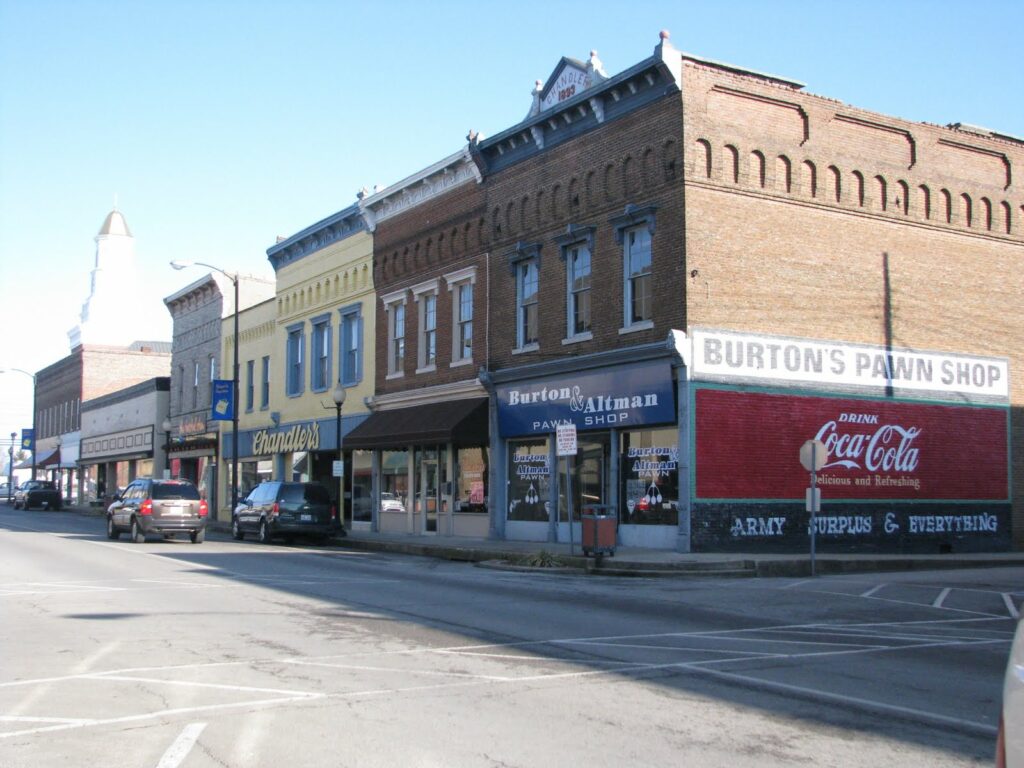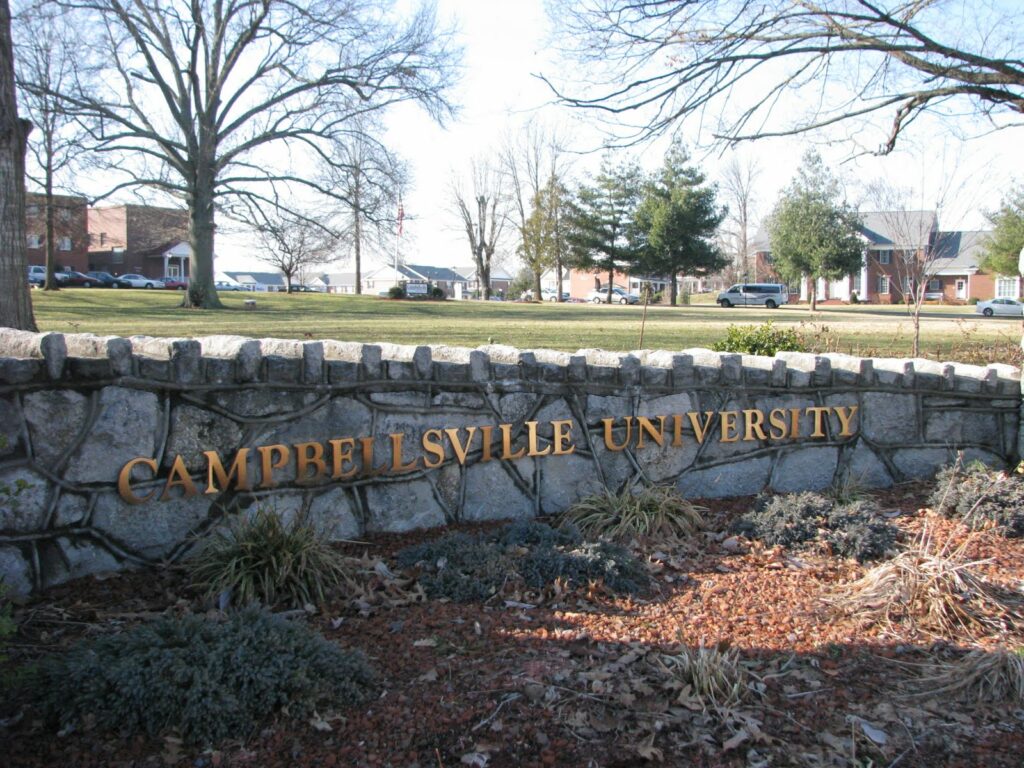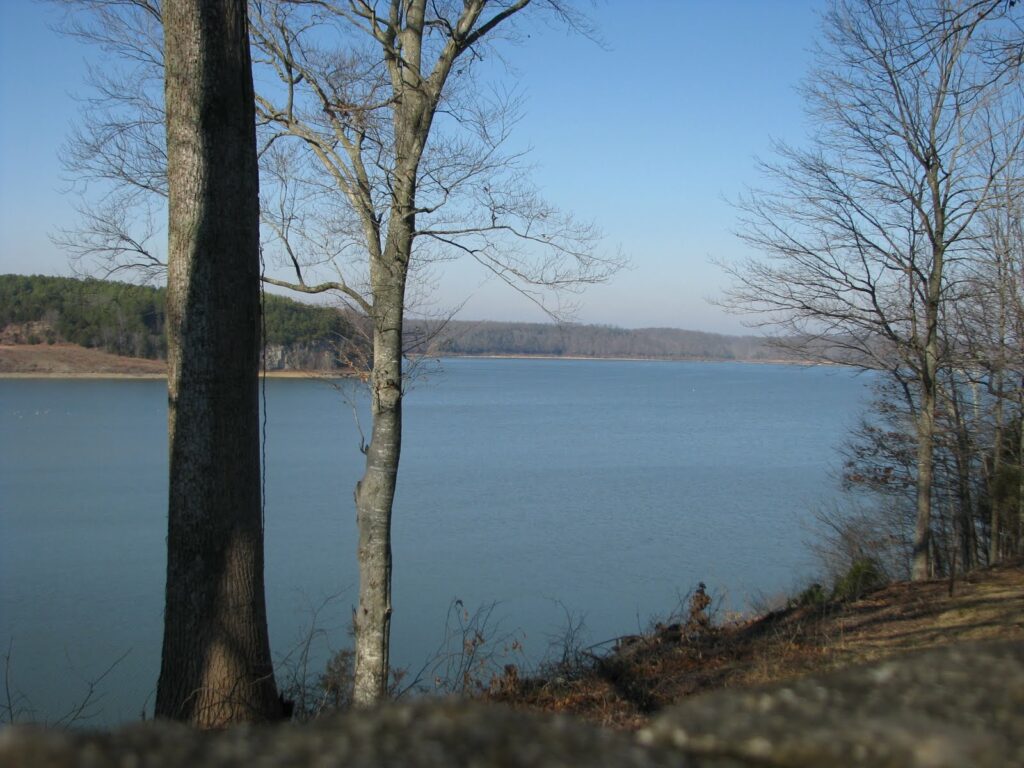 |
| Historic Marker for Brig. Gen. Elias Barbee – Campbellsville, Ky. |
On the courthouse lawn in Campbellsville is the historic marker to honor Brigadier General Elias Barbee. Barbee, a veteran of the Revolutionary War, also served as a state senator in Kentucky.
Roadside Historic Marker #1536 reads:
Born 1763. Died 1843. Served in Rev. War from Culpeper Co., Va. His five brothers, Daniel, John, Joshua, Thomas and William, also served in Revolution. Elias Barbee came early to what is now Taylor County. Lived eight miles N.W. of Campbellsville. He was appointed Major in 1792, Colonel in 1797, and Brig. General, in 1799, in Ky. Militia, 16th Regt., Green Co., Ky.
(Reverse) Brig. Gen. Elias Barbee – Represented Green Co. in Kentucky Senate. In 1822, Senator Barbee introduced a bill in the Senate calling for establishment of the present Kentucky School for the Deaf at Danville, Ky. Bill drawn up by Judge John Rowan, passed by Legislature and signed by Gov. Adair, establishing on April 10, 1823, first state-supported school for the deaf in the United States.
The matter of aide to the deaf was of particular interest to then-Sen. Barbee as his own daughter was deaf. Barbee’s attention put Kentucky in a leadership track nationally with regard to the hearing impaired as we became the first state to support and fund a school for the deaf.
Those in love with Kentucky’s history will immediately recognize the name of the man who aided Barbee in drafting the legislation: John Rowan. Rowan’s home, Federal Hill, is better known as My Old Kentucky Home.





